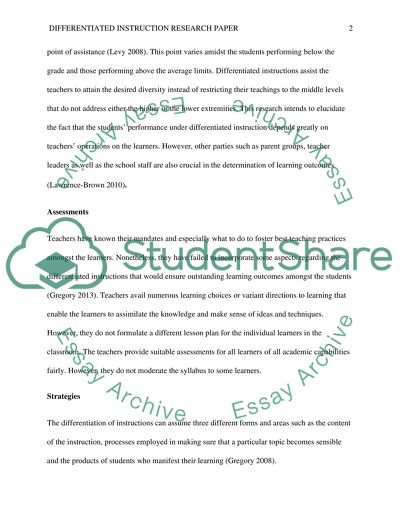Cite this document
(“Implementation of a Professional Development Plan to Address Assignment”, n.d.)
Retrieved from https://studentshare.org/education/1496446-implementation-of-a-professional-development-plan-to-address-differentiated-instruction
Retrieved from https://studentshare.org/education/1496446-implementation-of-a-professional-development-plan-to-address-differentiated-instruction
(Implementation of a Professional Development Plan to Address Assignment)
https://studentshare.org/education/1496446-implementation-of-a-professional-development-plan-to-address-differentiated-instruction.
https://studentshare.org/education/1496446-implementation-of-a-professional-development-plan-to-address-differentiated-instruction.
“Implementation of a Professional Development Plan to Address Assignment”, n.d. https://studentshare.org/education/1496446-implementation-of-a-professional-development-plan-to-address-differentiated-instruction.


